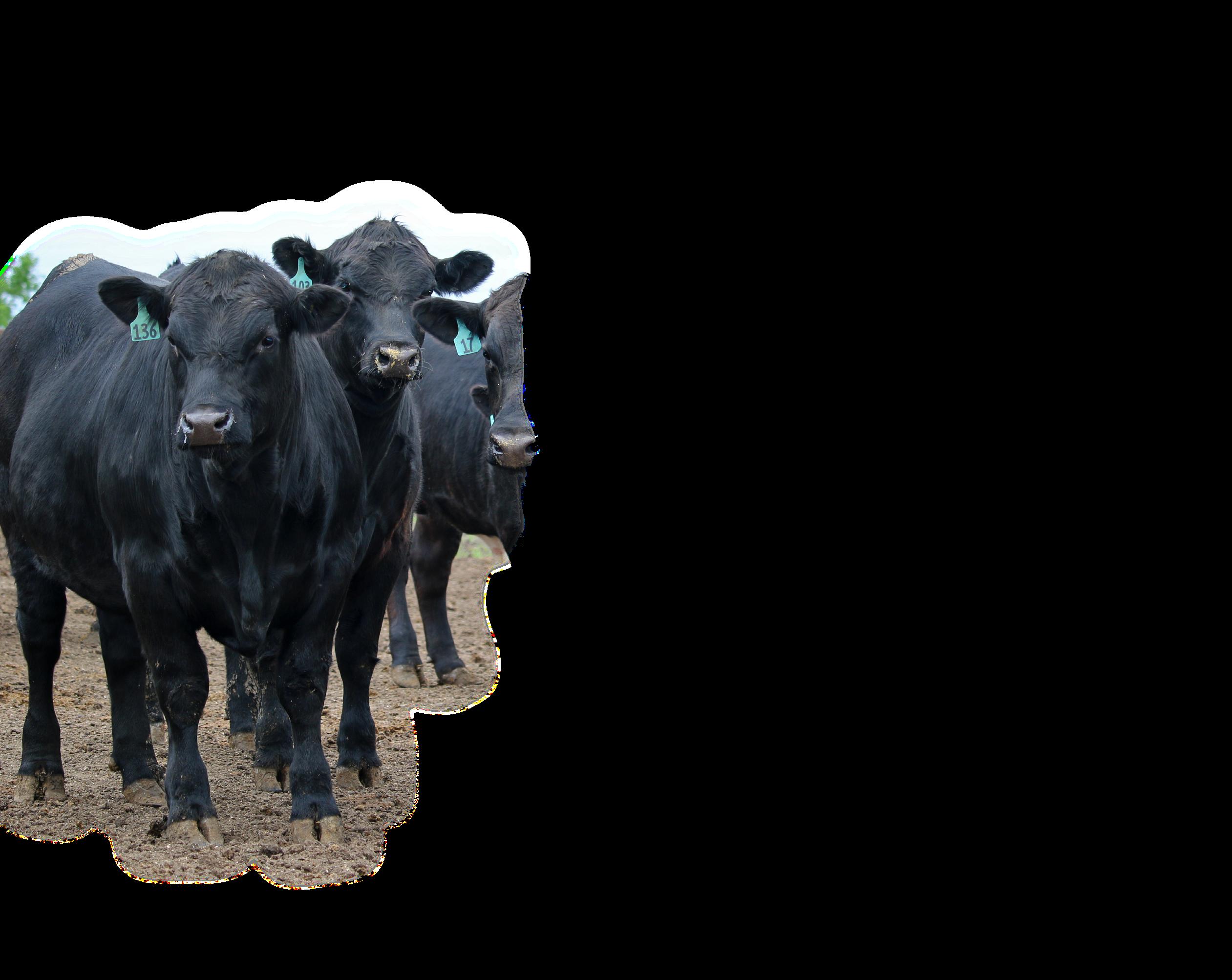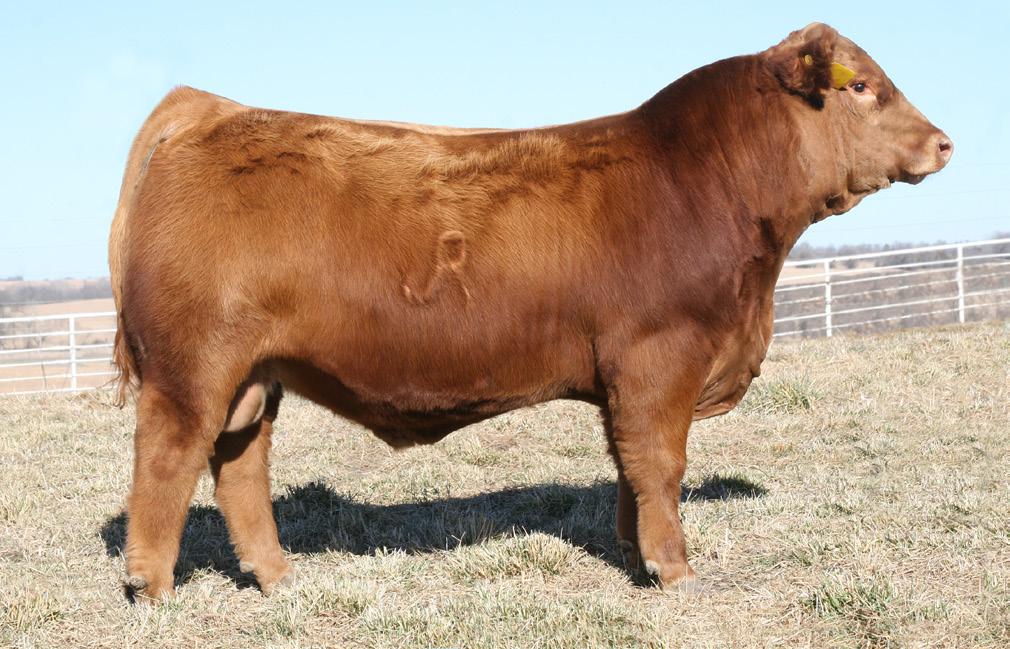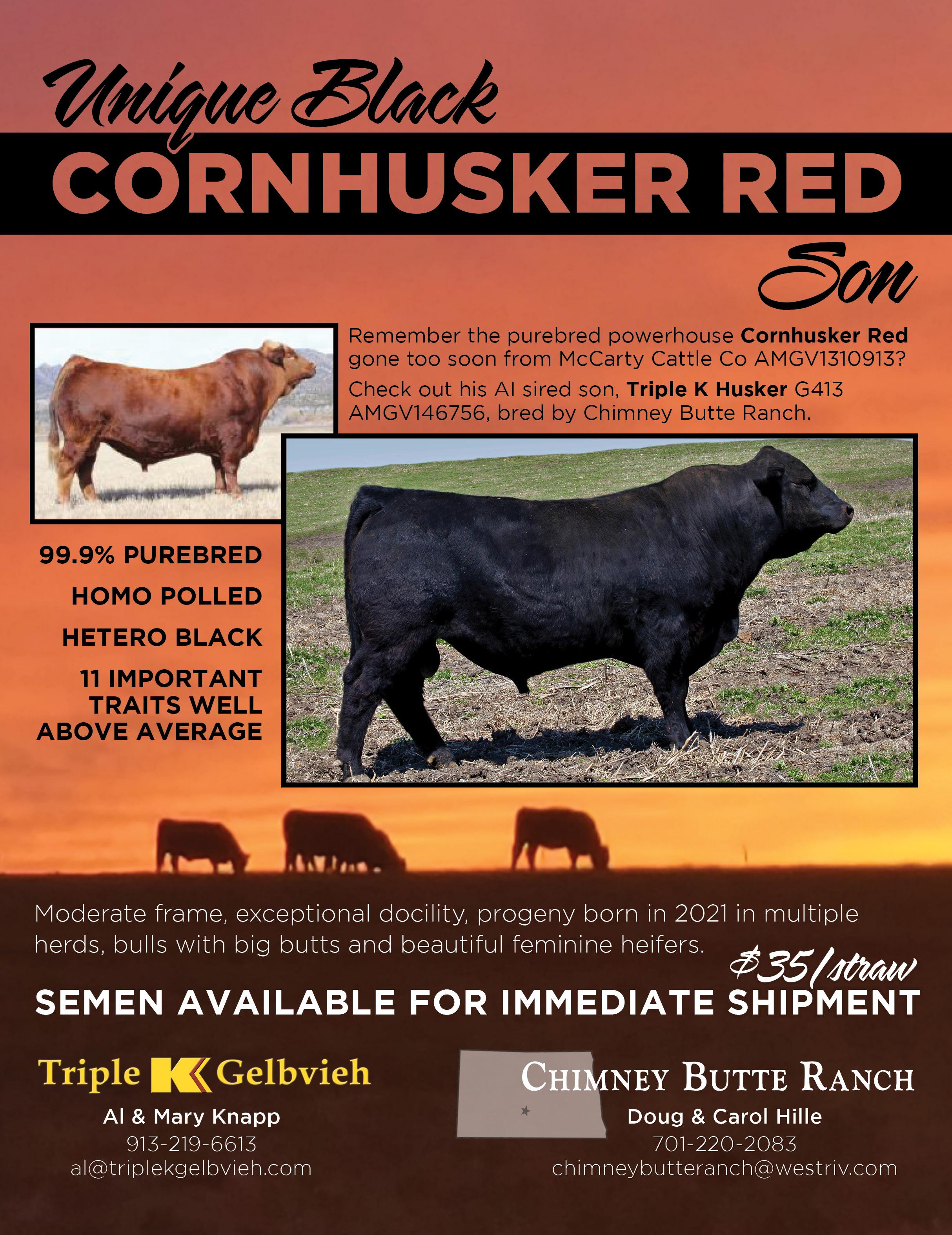GW DATA BULLETIN
Producer Benefits of Carcass Data Collection
O
By Lindsay Upperman
nce an animal reaches the packing plant, some producers tend to lose interest in the beef production system. Yet, what if this were the perfect time to capitalize on information that could greatly influence an operation’s breeding decisions in the next year? Would producers be more willing to follow animals the whole way through the beef production system? Let us find out how carcass data can affect our decisions in the coming year.
Beef Industry Demands Through the decades, consumer demand has always driven marketing and breeding decisions within the beef industry. In recent decades, heightened demand from consumers for a high-quality beef product has taken precedence. In response to this demand, U.S. industry partners and cattle producers prioritized improved carcass quality, rewarding these carcasses with price premiums through branded beef programs. The development of selection tools such as Expected Progeny Differences (EPDs) has allowed for greater genetic progress on carcass traits. The incorporation of ultrasound records and genomics has increased accuracies on unproven, young sires; however, this is still limited by the number of actual carcass records collected on progeny. For example, the number of marbling score records submitted is only 0.8% of the number of weaning weight records submitted to the AGA, while increasing to 13.9% when compared to the number of ultrasound intramuscular fat records. Ultimately, to increase the rate of genetic progress for carcass traits, more carcass records are necessary.
The Carcass Data Collection Project With the growing demand for an exceptional beef eating experience, the Carcass Data Collection Project was designed with AGA members and their customers in mind. This breed improvement directive has allowed for crucial genetic information to be collected to expand value of the carcass trait database as well as enhancing the power of current selection tools. Thus, to meet these high-quality demands and participate in the project, certain criteria must be met.
12 | MAY 2021
How to Participate: 1. Eligibility a. Verify that calves are sired by registered Gelbvieh or Balancer bulls b. Dams must be identifiable for age and breed composition 2. Pre-harvest Data Collection a. Complete the digital enrollment form and submit with DNA samples b. All calves must have an EID and DNA sampled with a TSU (tissue sampling unit) 3. Harvest Data Collection a. Cattle must not exceed age maturity A at time of harvest b. The participant must have access to the harvest data 4. Next steps… a. Verify cattle meet the minimum requirements b. Contact the AGA office at 303.465.2333 for more info Furthermore, in regard to DNA being sampled with a TSU, the AGA will pay the genotyping costs for the cattle participating in the project, and the genomic analysis will be completed by Neogen GeneSeek.
Benefits for Producers First and foremost, as a producer participating in this project, you will have access to carcass data from cattle developed from your operation. These results can help assess breeding decisions on the seedstock level and how these decisions translate to results at the commercial sector. In addition to growing the carcass record database, this project will help to make more powerful genetic selection tools through increasing the accuracies of carcass EPDs. Increasing accuracy, especially on the sires utilized within the project, allows a producer to be more confident on decisions made for the next breeding season. Even more importantly, this project will allow for increased predicting power of the genomic panels through the combination of submitting harvest data







